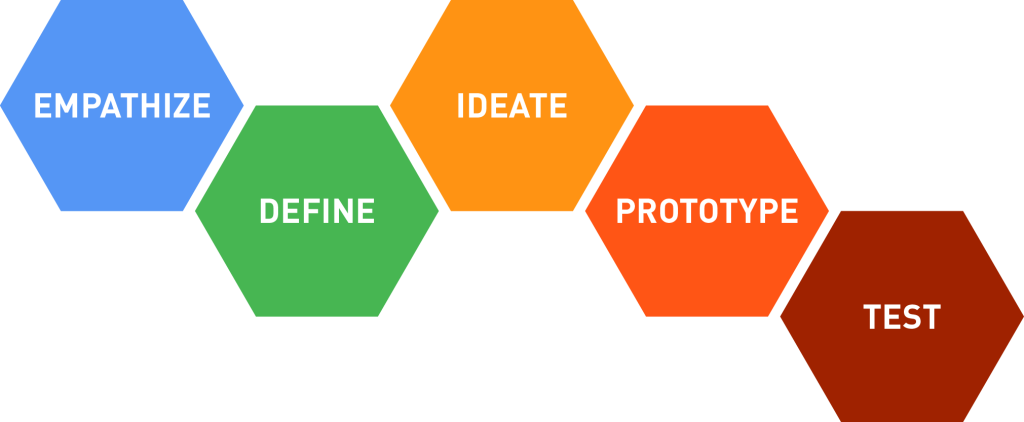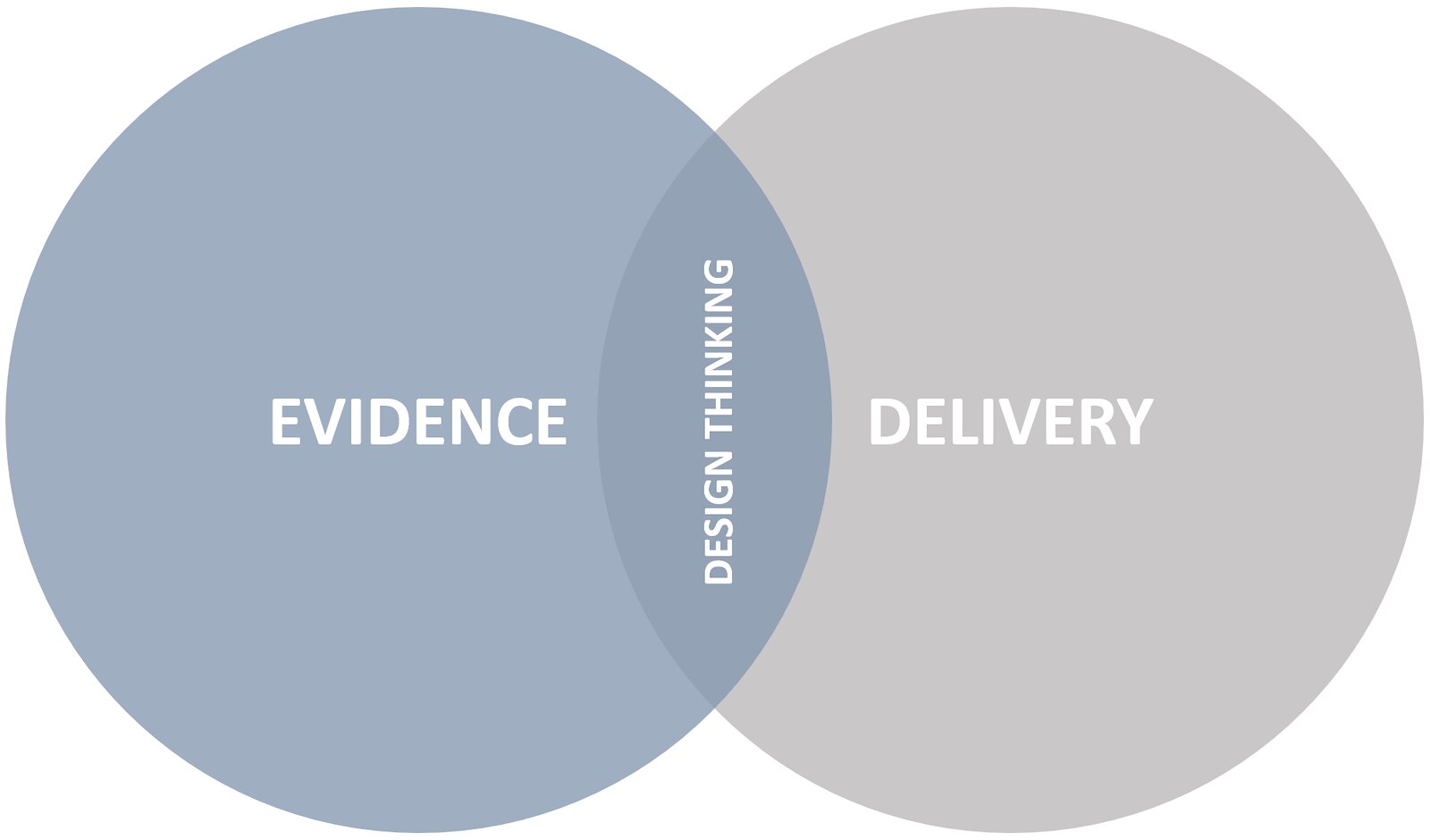As my home state emerges from lockdown, I reflect over the many months of confusion during the pandemic.
My fellow citizens were confounded by brain benders such as whether to wear a mask inside a ride-share vehicle; what qualifies as an “essential” item; and when one may travel beyond 5km from home.
No confusion over the Dine & Discover voucher scheme, however, whereby residents apply for $100 worth of credit to fund eligible recreation activities. As a populace, we nailed that one.
It is – by definition – an exemplar of the $100 Hypothetical.

The $100 Hypothetical is best explained by way of contrast.
In the context of corporate learning & development, consider the employee who complains of being overwhelmed by the number of search results returned by the online course library, yet happily uses Google which returns billions of results.
Who never posts messages to the corporate ESN, but avidly posts to Facebook; who never records a knowledge sharing video, yet uploads selfies to TikTok or Instagram with abandon; who refuses to use a software program until they’ve been formally trained in it, but jumps headfirst into a new app, phone or video game without ever crinkling the user manual.
The $100 Hypothetical holds that the same employee would readily find a relevant course in the online library …if they received $100 for doing so.
Similarly, they’d post plenty of messages to the corporate ESN, record loads of knowledge sharing videos, and find out how to do various tasks with the software …if each time they received a couple of pineapples.
The alternative
The $100 Hypothetical makes the point that whenever people don’t do something, it’s often not because they can’t, but because they won’t.
Which begs the question: Why not?
Well I’m not aware of anyone attending a course prior to using the likes of Google, Facebook, TikTok or Insta, so a lack of training evidently isn’t always a barrier to action. There must be other reasons; perhaps shyness, fear, laziness, apathy, pride, or myriad other human foibles.
Yet while it’s tempting to decry the poor attitudes of our colleagues, it’s important to recognise the common denominator: value.
They use Google because it connects them to the information they need. They post to Facebook because it enriches their relationship with friends and family. They upload selfies to TikTok or Insta because it’s fun or it boosts their ego. They figure out apps, phones and video games on the fly because they want to experience them immediately.
But they don’t perceive the value in pursuing similar activities at work.
If the theory of the $100 Hypothetical maintains the introduction of a financial reward would tip the balance in favour of action, the practice must be to supply an alternative source of value in the absence of direct cash.
In other words, what would motivate them to do it if they didn’t receive $100 for doing so?



